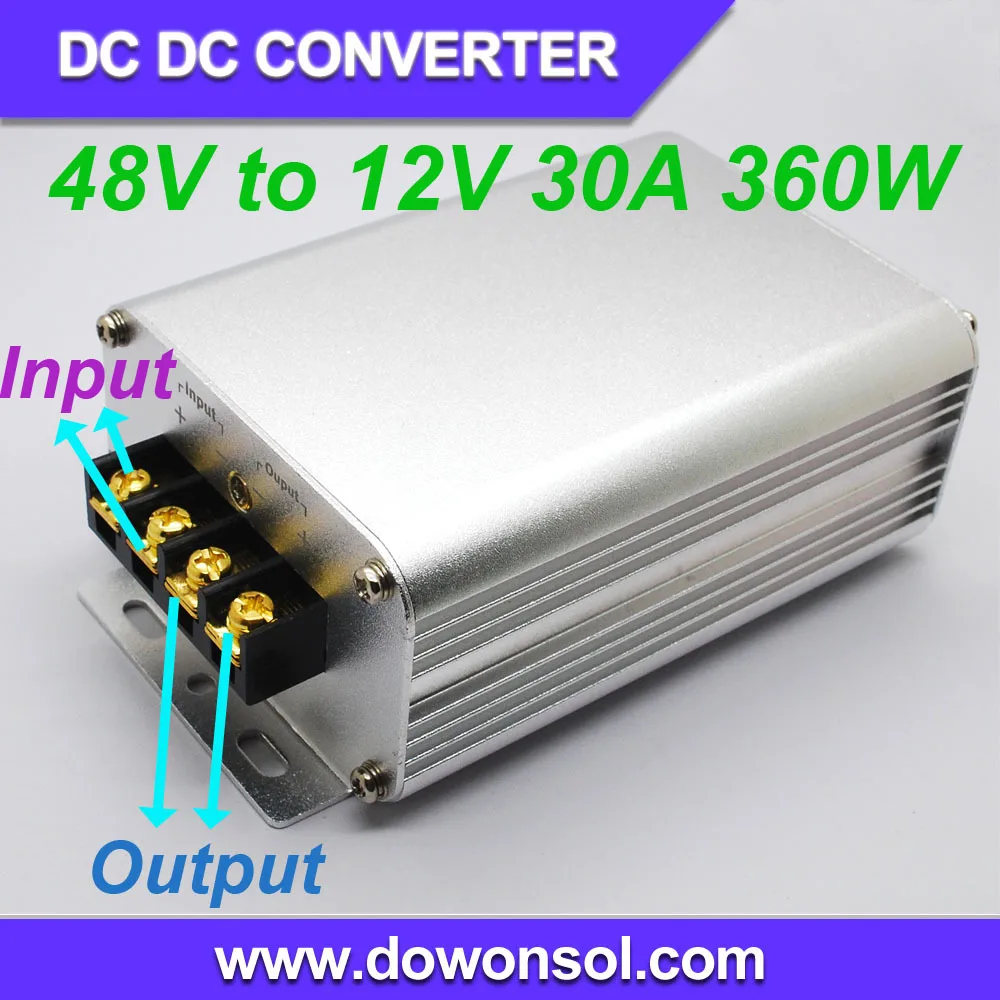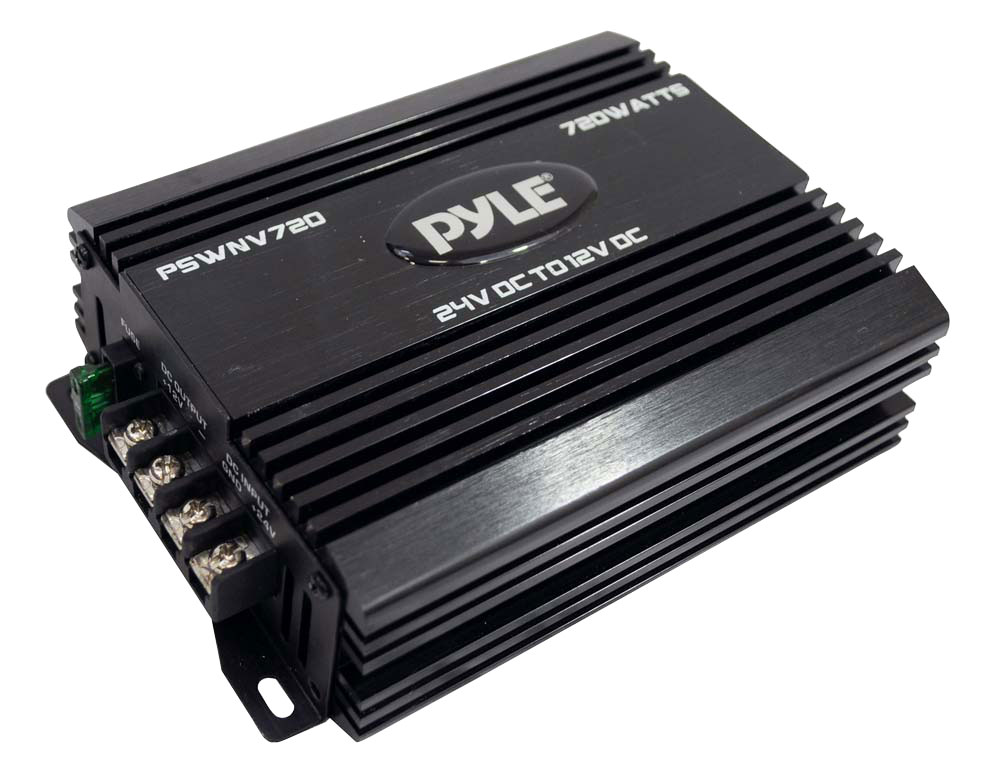

Assume that the voltage will droop as you draw more and more current.Assume that the voltage can be twice as high as you expect.Always check your power supply brick with a multimeter to see what the maximum voltage is.You shouldn't go out and buy a 5V transformer supply like the one above and just stick the power output into your microcontroller - you'll destroy it! Instead, you will need to build a 5V regulator like the common LM7805 that will take the somewhere-around-9V from the transformer and convert it to a nice steady 5V with almost no ripple. You simply can't trust 'em to give you the voltage you want!įor example, let's say you have a microcontroller project and it requires 5V power as many DIY projects do. OK so after all that work, you're wondering why does this even matter? The reason it matters is that everywhere you look are these wall warts that are 'unregulated' and thus extremely suspicious. If the current goes up and you want the ripple the same, the capacitor must also increase. You don't have to memorize that formula, but you should keep the following in mind: When the current goes up and the capacitor stays the same, the ripple goes up.

Its more common to see maybe 100mV of ripple and then some other technique to reduce the ripple, such as a linear regulator chip. For that reason, its rare to see ripple voltages as low as 10mV. For a half wave rectifier, the capacitor should be at least = 0.05 / (60 * 0.01) = 0.085 Farads = 85,000 uF! This is a massive and expensive capacitor. So lets say we have a current draw of 50 mA and a maximum ripple voltage of 10mV we are willing to live with. The ripple voltage is how much rippling there will be in the output which you are willing to live with and the capacitor size is in Farads. The current draw is how much current your project is going to need, maximum. Or written another way Capacitor size = Current draw / ( (Ripple frequency) * (Ripple Voltage) )įor a half wave rectifier (single diode) the frequency is 60 Hz (or 50 Hz in europe).

How big? Well, there's a lot of math behind it which you can read about but the rough formula you'll want to keep in mind is: Ripple voltage = Current draw / ( (Ripple frequency) * (Capacitor size) ) Because the voltage is very uneven (big ripples), we need a really big electrolytic-type capacitor.


 0 kommentar(er)
0 kommentar(er)
